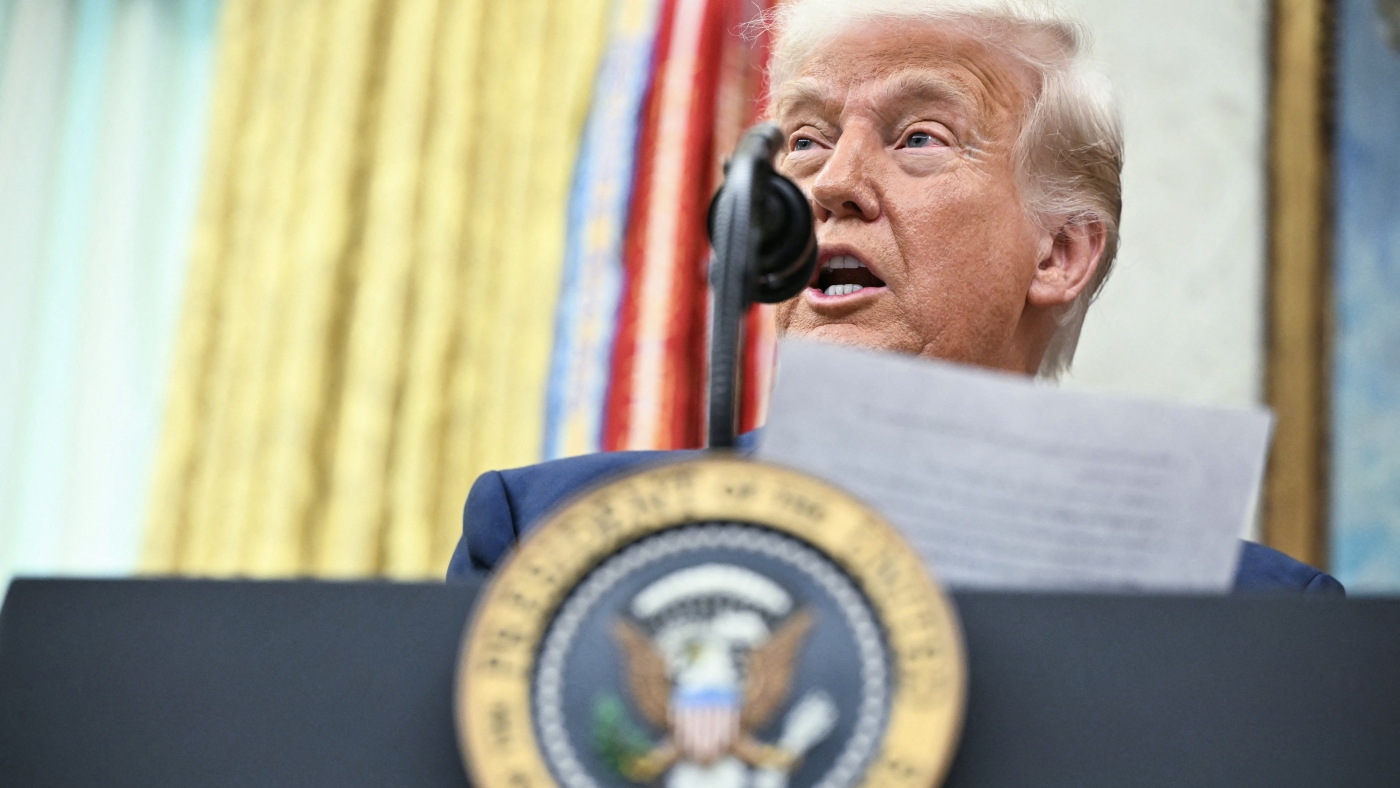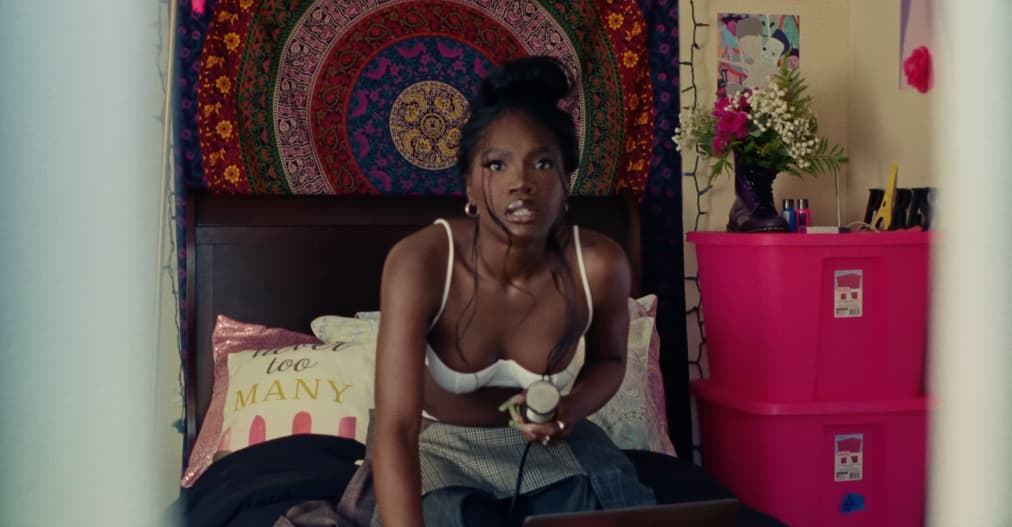bell hooks and Visual Politics in the Classroom
By: Darius Phelps, member, NCTE’s Committee on Global Citizenship As researchers and practitioners, we hold a sacred responsibility to inspire … The post bell hooks and Visual Politics in the Classroom appeared first on National Council of Teachers of English.

By: Darius Phelps, member, NCTE’s Committee on Global Citizenship
As researchers and practitioners, we hold a sacred responsibility to inspire not only skills but also the kind of consciousness that connects deeply to the heart of teaching.
In the words and spirit of bell hooks, particularly her 1995 work Art on My Mind: Visual Politics, we find a call to action that is both poetic and practical: to see art as a vessel for liberation, healing, and transformation. It is a reminder that art doesn’t just belong on walls or in galleries; it lives on eternally in our conversations, our practices, and the foundation of our classrooms.
Seeing with Intent: The Politics of Art
Art is never passive. hooks teaches us that every image, like words and sounds, carries power, shaping how we see the world and, in turn, ourselves.
As teacher educators, this is our starting point: helping preservice teachers critically engage with the visual culture that surrounds them so they, in return, can inspire their students to do the same. Whose stories get told in the images preservice teachers see? Whose voices are left out? How can teacher educators ensure that their classrooms reflect a richer, more equitable variety of needed, global perspectives?
I encourage preservice teachers to think about the “hidden curricula” of visuals. Think back to your childhood—that poster on the wall, that illustration in the textbook. They’re not just decorative. They teach. They influence. They each have a backstory.
When educators intentionally choose images that affirm diverse identities and disrupt stereotypes, they wield art as a tool of justice and belonging.
Art in Motion: Learning through the Body
hooks’s work reminds us that art isn’t just something to be observed; it’s something to be felt and experienced. It moves us, literally and figuratively, connecting the mind and body in ways that words alone cannot. This kind of embodied learning can revolutionize how we train future teachers.
I’ve seen how powerful it can be to invite preservice teachers into spaces where they create and engage with art. Maybe it’s through a movement workshop where they express their teaching philosophies or a session where they paint their vision of equity in education. When teachers experience art with their whole selves, they’re better equipped to bring that same holistic engagement into their classrooms.
Art as Soul Work
There’s a profound truth in hooks’s belief that art nourishes the soul. In a profession often defined by metrics and mandates, this is a lifeline.
How often do we ask our preservice teachers, “What feeds your spirit? What keeps your fire burning?” Art, in its many forms, can be that sustenance and rejuvenation. I’ve found that giving educators time and space to reflect on their personal connections to art—whether it’s a song, a photograph, or a cherished memory—can be transformative.
This isn’t just about self-care; it’s about creating classrooms where students feel seen and valued on a soul-deep level. When teachers lead from that place of fullness, their impact multiplies, and the ripple effects begin with radical love at the forefront.
Grounding These Ideas in Practice
Inspired by hooks and her works, here are some ways you can employ visual politics and the arts to transform classrooms into spaces of equity and soul nourishment.
- Critical Visual Dialogues: Ask preservice teachers to examine the visual culture in their teaching environments. What do the images say about power, identity, and possibility? Guide them in making intentional, justice-centered choices.
- Interdisciplinary Art Integration: Model lessons that use art to explore complex themes. Imagine discussing social justice through murals or unpacking historical narratives through contemporary photography.
- Personal Creative Projects: Encourage future educators to engage in their own creative journeys. These projects become not only a source of personal growth but also a bridge to more authentic teaching.
- Community Art Connections: Partner with local artists or visit community spaces to show how art thrives in collective, everyday contexts. This broadens the lens through which educators see the role of art in society.
Carrying the Vision Forward
hooks’s legacy is a beacon, urging us to teach with courage, creativity, and an unwavering commitment to equity. To bring Art on My Mind into our work is to recognize that teaching itself is an art—one that shapes lives, builds true community, and nourishes souls.
How will you honor the art that lives within you? How will you invite your preservice teachers to do the same? When we teach with art on our minds, in our bodies, and nourishing our souls, we create classrooms that don’t just inform but transform. This is the true heart of education, where we all are free to dream.
 Darius Phelps is a PhD candidate at Teachers College, Columbia University, and 2023 recipient of the NCTE Early Career Educator of Color Award. He is the assistant director of programs under the Center for Publishing and Applied Liberal Arts (PALA) department at New York University.
Darius Phelps is a PhD candidate at Teachers College, Columbia University, and 2023 recipient of the NCTE Early Career Educator of Color Award. He is the assistant director of programs under the Center for Publishing and Applied Liberal Arts (PALA) department at New York University.
The Committee on Global Citizenship works to identify and address issues of broad concern to NCTE members interested in promoting global citizenship and connections across global contexts within the Council and within members’ teaching contexts.
It is the policy of NCTE in all publications, including the Literacy & NCTE blog, to provide a forum for the open discussion of ideas concerning the content and the teaching of English and the language arts. Publicity accorded to any particular point of view does not imply endorsement by the Executive Committee, the Board of Directors, the staff, or the membership at large, except in announcements of policy, where such endorsement is clearly specified.
The post bell hooks and Visual Politics in the Classroom appeared first on National Council of Teachers of English.



















![How to Work With HAR Files: A Step-by-Step Guide [With Examples]](https://media2.dev.to/dynamic/image/width=800%2Cheight=%2Cfit=scale-down%2Cgravity=auto%2Cformat=auto/https%3A%2F%2Fdev-to-uploads.s3.amazonaws.com%2Fuploads%2Farticles%2F5wovh8gozs51ofbg0nks.png)




















































